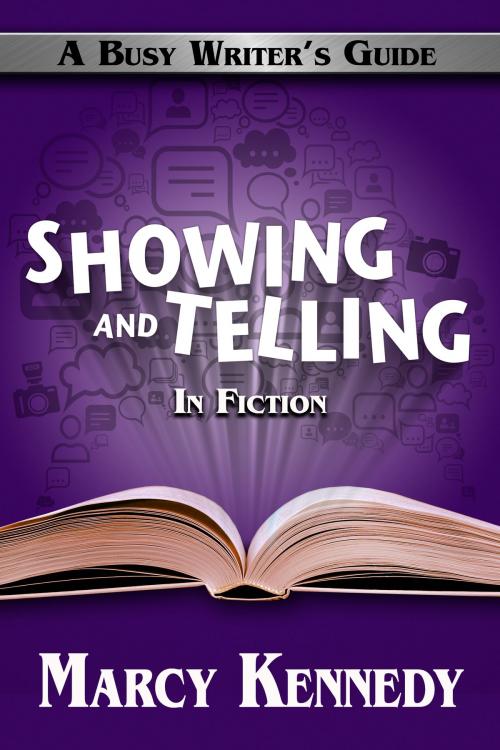Showing and Telling in Fiction
Nonfiction, Reference & Language, Language Arts, Writing & Publishing, Editing & Proofreading, Writing Skills, Reference| Author: | Marcy Kennedy | ISBN: | 9780992037147 |
| Publisher: | Tongue Untied Communications | Publication: | March 19, 2014 |
| Imprint: | Language: | English |
| Author: | Marcy Kennedy |
| ISBN: | 9780992037147 |
| Publisher: | Tongue Untied Communications |
| Publication: | March 19, 2014 |
| Imprint: | |
| Language: | English |
You’ve heard the advice “show, don’t tell” until you can’t stand to hear it anymore. Yet fiction writers of all levels still seem to struggle with it.
There are three reasons for this. The first is that this isn’t an absolute rule. Telling isn’t always wrong. The second is that we lack a clear way of understanding the difference between showing and telling. The third is that we’re told "show, don’t tell," but we’re often left without practical ways to know how and when to do that, and how and when not to. So that’s what this book is about.
Chapter One defines showing and telling and explains why showing is normally better.
Chapter Two gives you eight practical ways to find telling that needs to be changed to showing and guides you in understanding how to make those changes.
Chapter Three explains how telling can function as a useful first draft tool.
Chapter Four goes in-depth on the seven situations when telling might be the better choice than showing.
Chapter Five provides you with practical editing tips to help you take what you've learned to the pages of your current novel or short story.
Showing and Telling in Fiction also includes three appendices covering how to use The Emotion Thesaurus, dissecting an example so you can see the concepts of showing vs. telling in action, and explaining the closely related topic of As-You-Know-Bob Syndrome.
Each book in the Busy Writer’s Guides series is intended to give you enough theory so that you can understand why things work and why they don’t, but also enough examples to see how that theory looks in practice. In addition, they provide tips and exercises to help you take it to the pages of your own story with an editor's-eye view. Most importantly, they cut the fluff so you have more time to write and to live your life.
You’ve heard the advice “show, don’t tell” until you can’t stand to hear it anymore. Yet fiction writers of all levels still seem to struggle with it.
There are three reasons for this. The first is that this isn’t an absolute rule. Telling isn’t always wrong. The second is that we lack a clear way of understanding the difference between showing and telling. The third is that we’re told "show, don’t tell," but we’re often left without practical ways to know how and when to do that, and how and when not to. So that’s what this book is about.
Chapter One defines showing and telling and explains why showing is normally better.
Chapter Two gives you eight practical ways to find telling that needs to be changed to showing and guides you in understanding how to make those changes.
Chapter Three explains how telling can function as a useful first draft tool.
Chapter Four goes in-depth on the seven situations when telling might be the better choice than showing.
Chapter Five provides you with practical editing tips to help you take what you've learned to the pages of your current novel or short story.
Showing and Telling in Fiction also includes three appendices covering how to use The Emotion Thesaurus, dissecting an example so you can see the concepts of showing vs. telling in action, and explaining the closely related topic of As-You-Know-Bob Syndrome.
Each book in the Busy Writer’s Guides series is intended to give you enough theory so that you can understand why things work and why they don’t, but also enough examples to see how that theory looks in practice. In addition, they provide tips and exercises to help you take it to the pages of your own story with an editor's-eye view. Most importantly, they cut the fluff so you have more time to write and to live your life.















